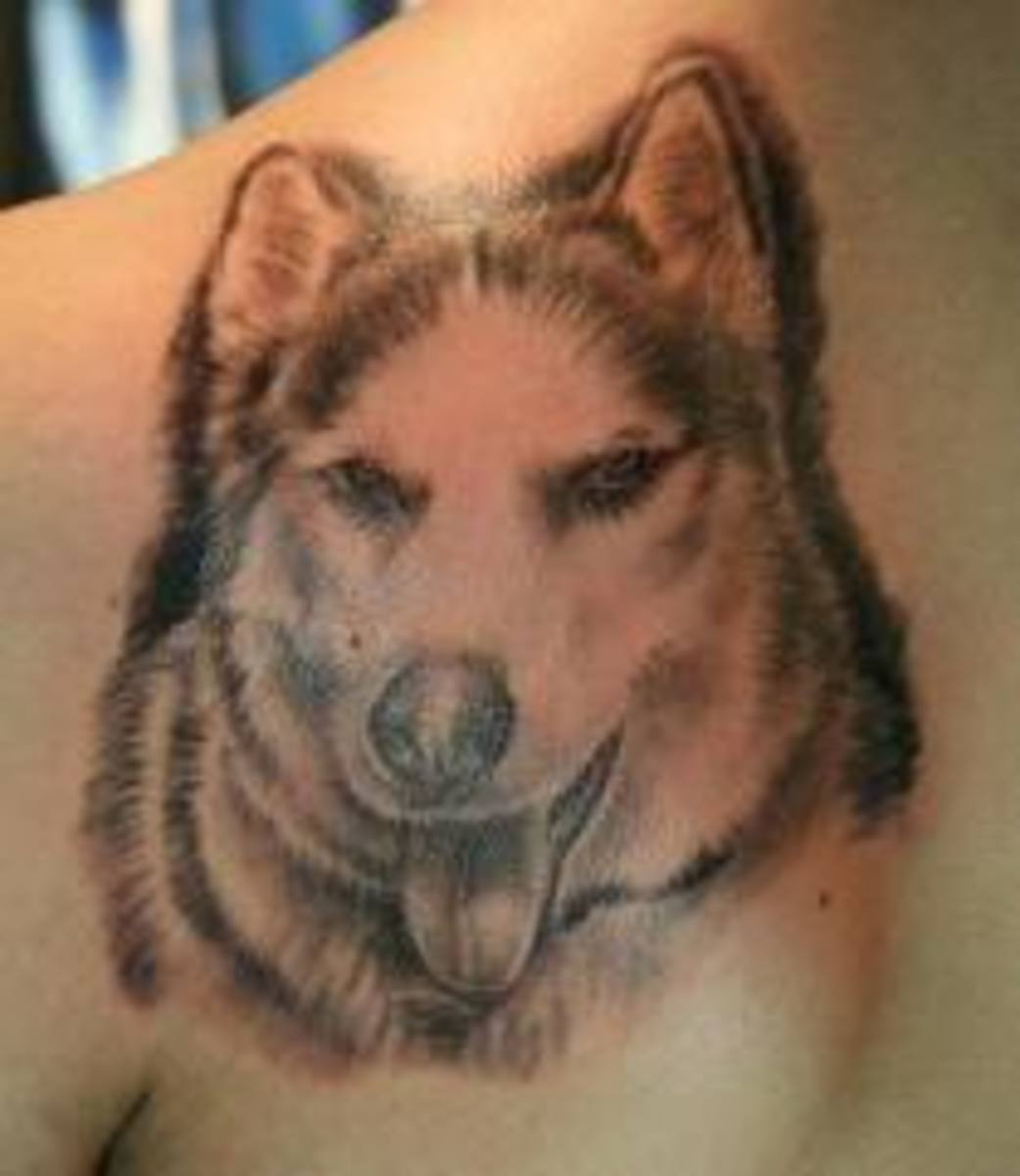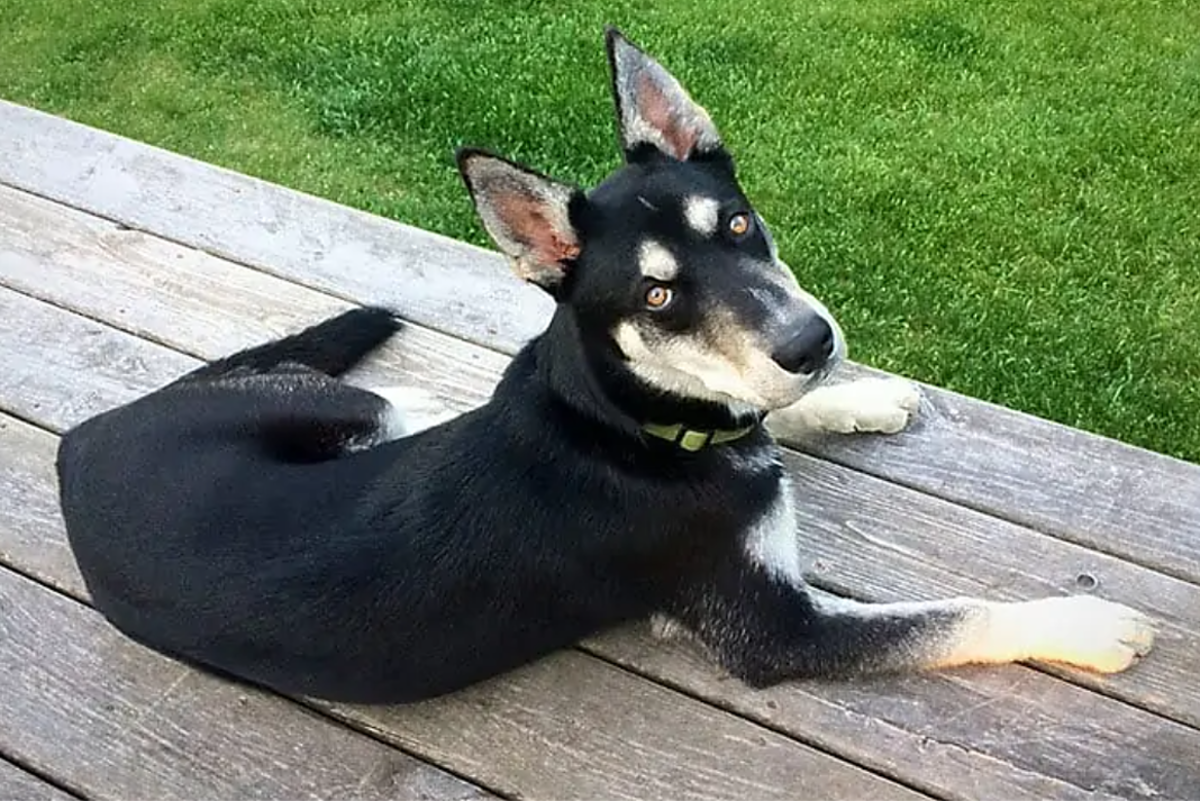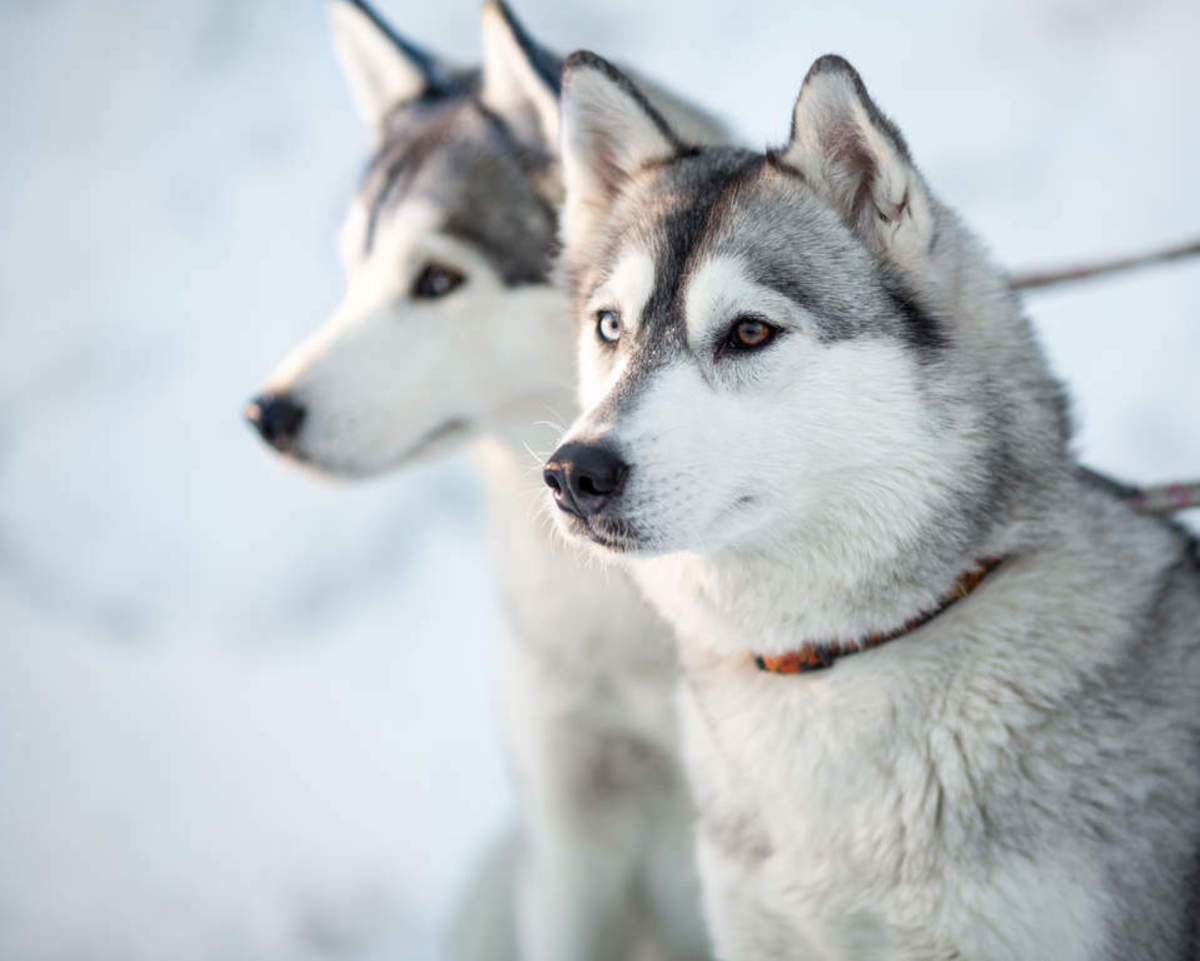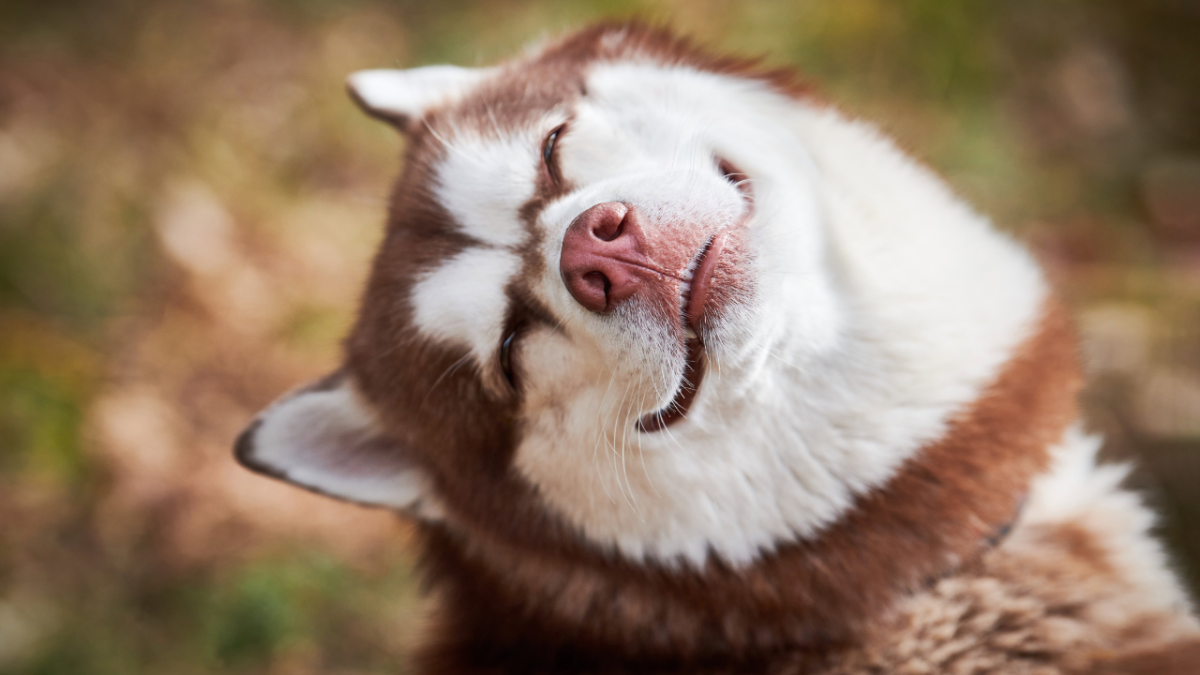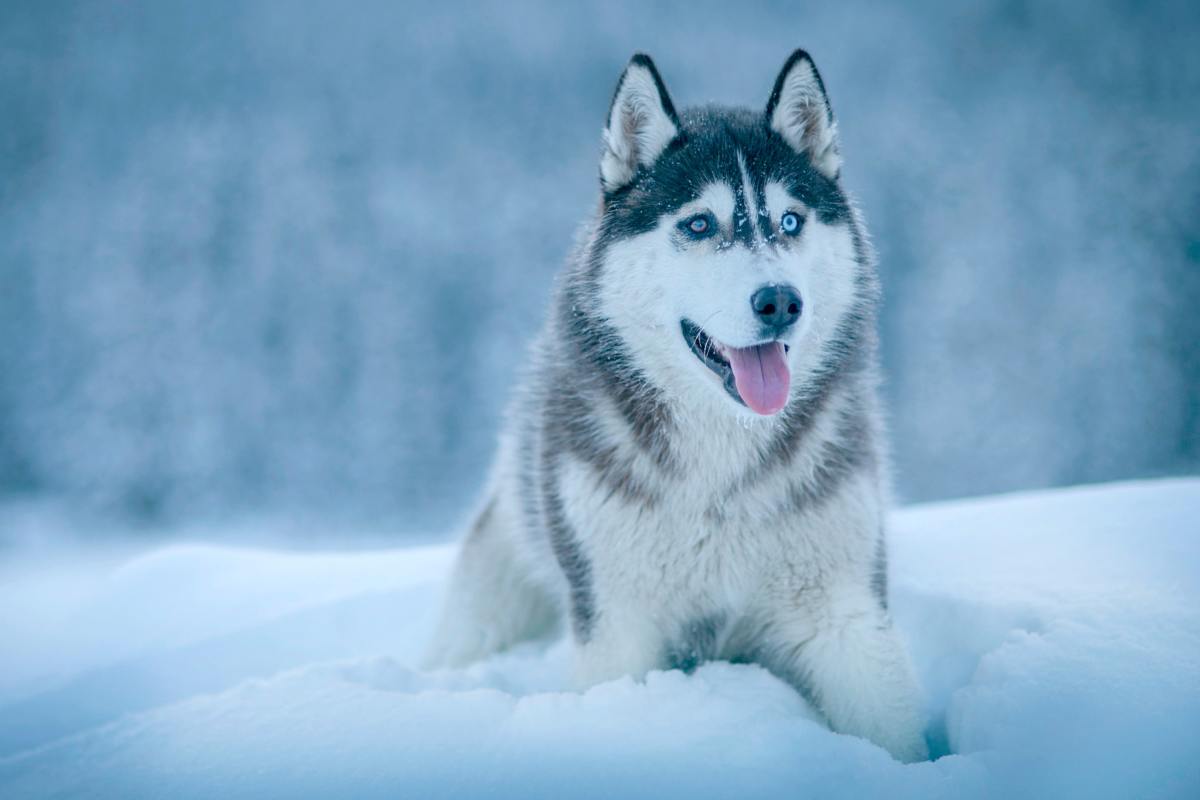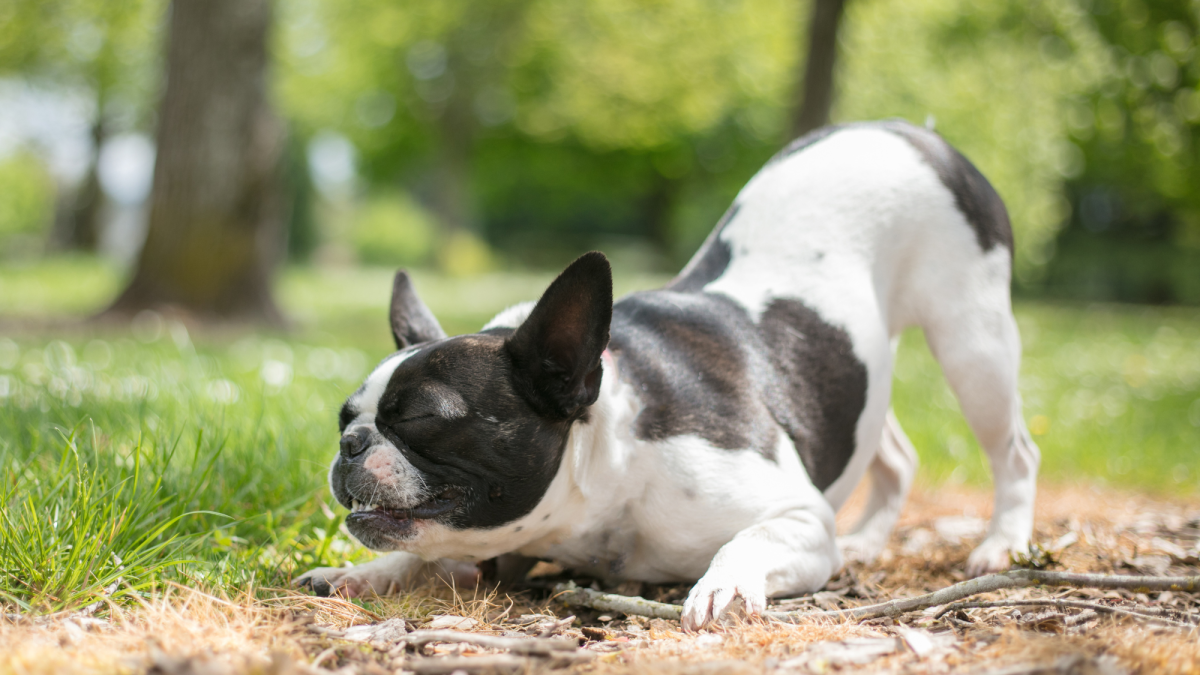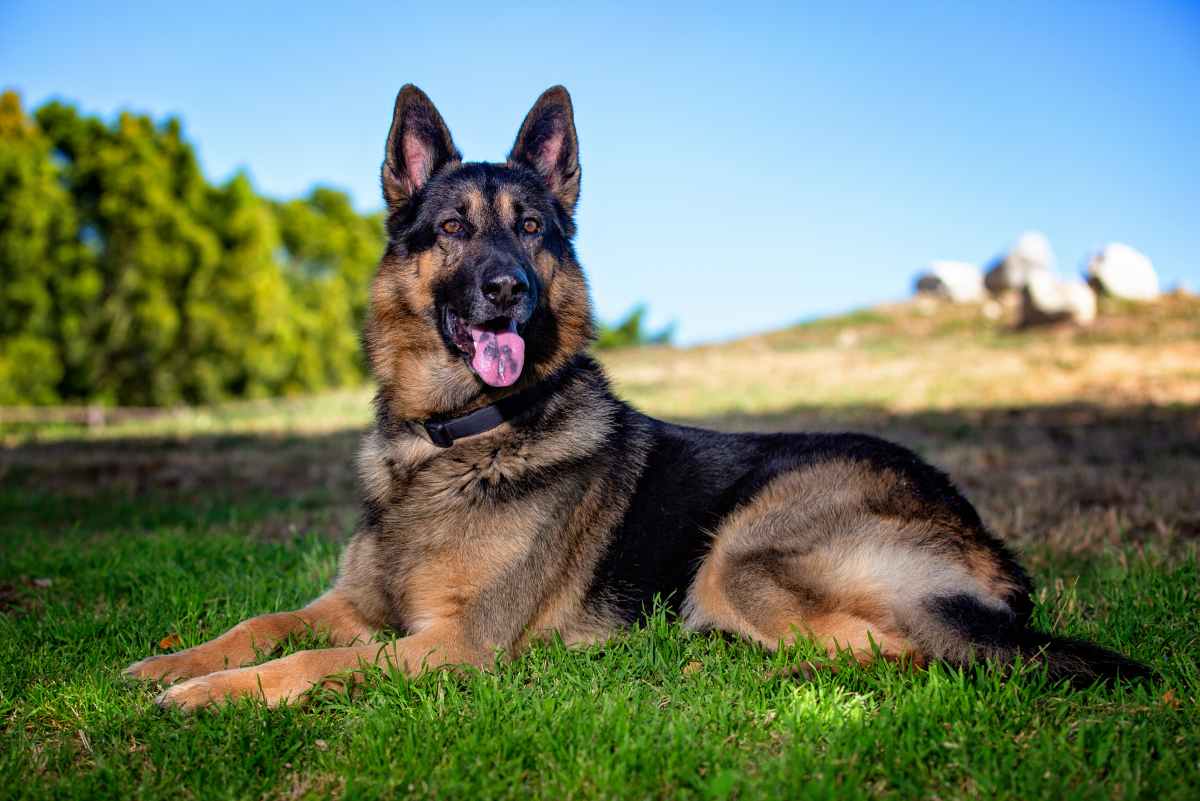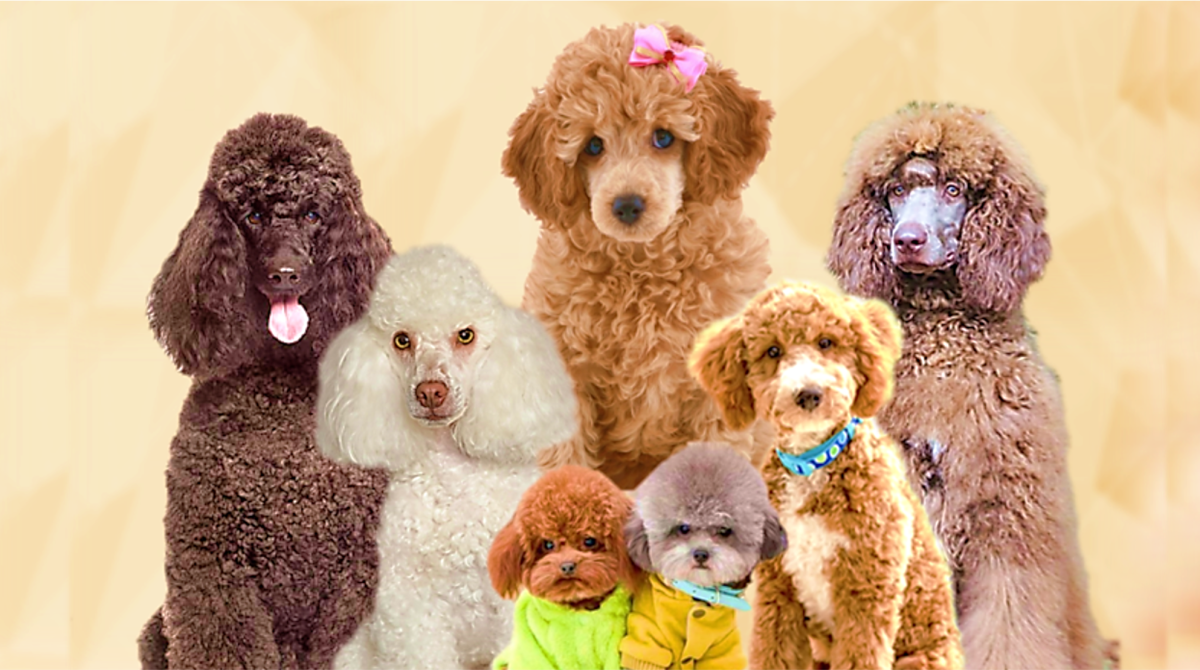- HubPages»
- Pets and Animals»
- Dogs & Dog Breeds»
- Dog Breeds
Running with your Siberian Husky
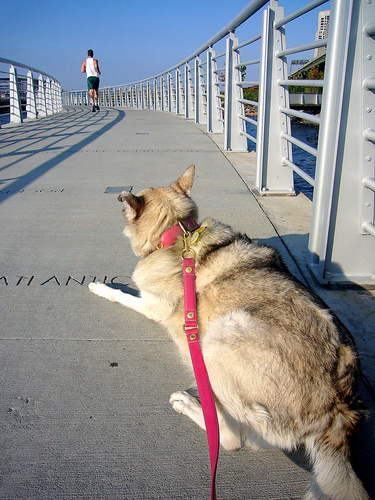
Introduction
So, you just got your Siberian Husky! She is house-broken, growing big and strong, and filled with energy! One day, while you're out for a walk, she pleads you to pick up the pace; those big, blue eyes staring into yours. What are you supposed to do, disappoint?
Hopefully you know a bit about the Husky and its history and a running and sled dog. If you don't, but sure to check out my hub on the Siberian Husky history to familiarize yourself!
- Siberian Husky History
Any dog lover probably knows a little something about the SiberianHusky: those big, beautiful eyes, the thick coat of fur, and the high energy levels. What most people don't know is a little bit of history...
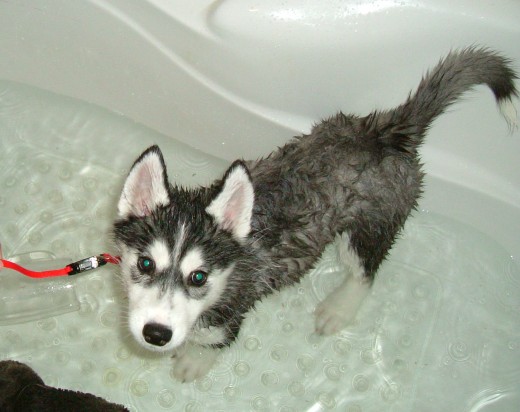
What to do
There are many little rules and guides to remember to ensure a safe and enjoyable run for both you and your dog! Here they are:
- Get the proper leash--> most towns and counties have specific rules on how long the leash must be so you're dog doesn't dash into the street into oncoming traffic. My general rule is to buy a leash no longer than six feet. The only exception is if you run in an area with no cars or hazards, such as a park trail or deserted, open road. In this case, ten feet is more then acceptable. Always run with a leash! You never know when
- Know how long to go for a puppy--> a ten week old puppy should not be running eight mile days just yet! Start your puppy off with two to four miles a day at an easy nine or ten mile pace. Gradually add on the miles until your Husky is outrunning you!
- Watch for signs your Husky gives off--> basically, watch for overheating or dehydration. If when you run, it is over 50 or so degrees (Fahrenheit), keep a watchful eye on your Husky. Before and after each run, make sure to give plenty of opportunity for your Husky to drink water. A nice hose bath after the run isn't a bad idea either!
Bad signs
If you see your Husky with any of these problems, then there is a problem! Please have the dog looked at if:
- She whimpers before a run
- any type of limping or bruises
- excessive panting during or after a run (this can be either a respiratory problem or a dissipation of heat problem)
- during a run, she sits down or tries to slow down or stop


